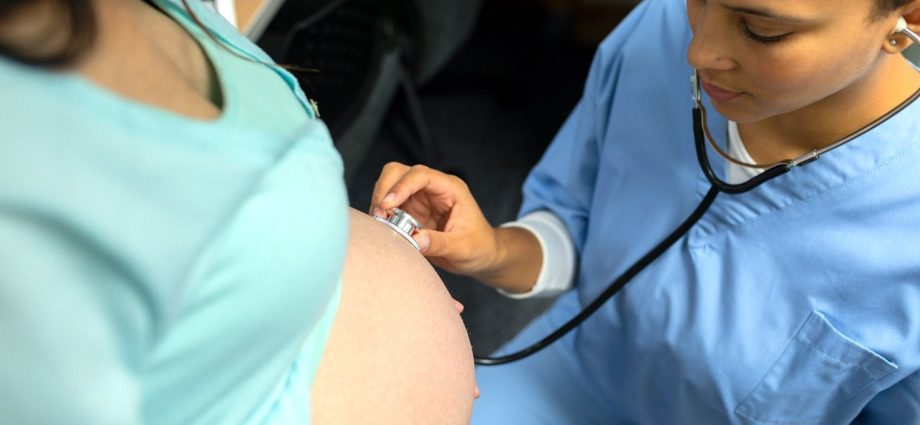If you are preparing to get pregnant via artificial means, you should consider undergoing In Vitro Fertilization (IVF). It is a medical technique where eggs from a woman’s ovaries are fertilized outside her body using the sperm of her partner.
You can achieve pregnancy through natural conception or assisted reproduction. There are many ways to go about it, but IVF is the safest and most effective way to conceive.
IVF Services in Singapore
Singapore is known for its high-quality healthcare services. Numerous clinics are offering IVF treatments in Singapore. Many of them offer affordable packages, some even provide free consultations.

- Ivf procedure singapore has become more effortless and safer.
- In Singapore, IVF procedures are shielded under MediShield Life, a government-run universal healthcare system.
- In Singapore, IVF treatment is offered at no cost to patients who meet particular criteria.
- It means that women from low-income families or those who live far away from fertility clinics can access the service.
- Singapore offers a wide range of services related to infertility and assisted reproduction.
- These include IVF, ICSI (intracytoplasmic sperm injection), egg donation, surrogacy, etc.
- Women who undergo these procedures can expect to see their chances of pregnancy increase significantly.
Benefits of IVF
- IVF is regarded as the gold standard of fertility treatments because it helps increase the chances of pregnancy in almost 50% of patients.
- The success rate is even higher in women who have had multiple failed attempts at conception.
- In addition to increasing the chances of pregnancy, IVF also allows parents to select the sex of their child.
- It allows women with low ovarian reserve to conceive naturally without using drugs.
- Also, it helps infertile men produce sperm of better quality.
Types of IVF
There are three main types of IVF: fresh, frozen, and donor. Fresh IVF uses eggs extracted from the patient herself, and frozen IVF uses eggs harvested from donors. In both cases, the eggs are fertilized with the man’s sperm outside the body.
An embryo produced through IVF is called a blastocyst. If the blastocyst implants successfully, it becomes a fetus. After conception, the embryo continues to divide and form tissues until it reaches the age of five weeks. The development of a human being starts around six weeks after fertilization. At this stage, the baby develops arms, legs, eyes, and ears and begins to move inside the mother’s womb.
It has become a standard approach for couples who struggle to conceive or give birth to multiple children. Today, about 40% of babies born worldwide are conceived using Assisted Reproductive Technologies (ART).


Comments are closed, but trackbacks and pingbacks are open.